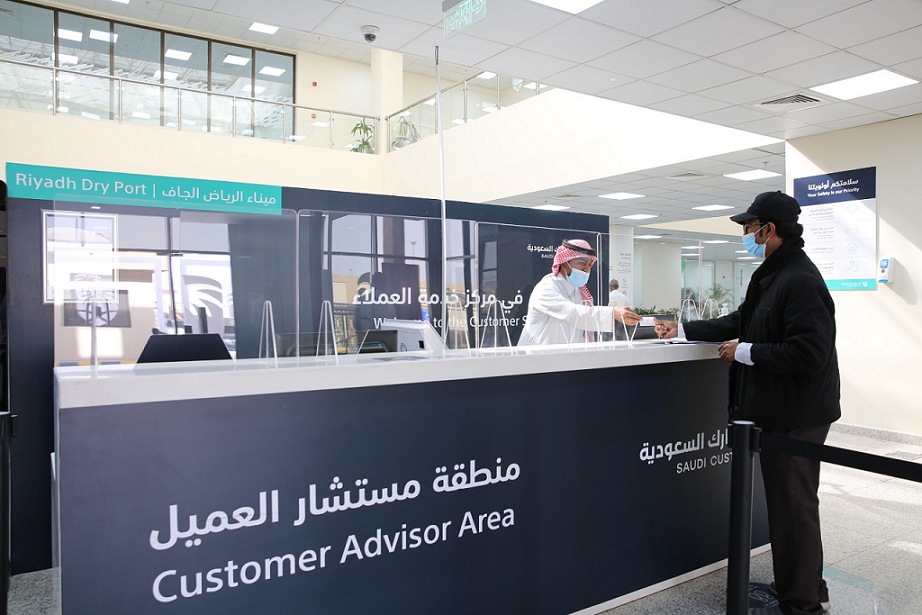
People often associate the term “data literacy” with mastering a litany of technical skills: SQL for data querying, Python for data analysis and Tableau for data visualisation, to name a few. However, one skill that is less discussed and has great power to scale data-guided decision making across the organisation is far more basic, though not necessarily straightforward to learn: the ability to ask great questions of a data team.
While this skill can be about setting big strategic directions, it is more often about defining narrower, possibly daily, requests for the team. But what, exactly, are good questions, and how does one go about skilling up an organisation in asking them? With two players in the luxury retail space, Daragh Kelly, VP of Data & Analytics at Burberry, and Joyce Weng, MD of Bulgari UK, we discussed the answer to this and other questions at a recent INSEAD Tech Talk on enabling data-guided leadership and decision making.
What makes a great question for a data team?
Business stakeholders, particularly those with strategic responsibilities, can vastly improve the quality of their analytical teams’ output by asking them great questions at the outset of a project. These should be:
- Strategically important. If the question doesn’t support the organisation’s three to five large strategic bets, it’s probably not worth pursuing.
- Well-bounded. Take the example of a large TV channel. The question “How can I make my shows more successful?” is too large in scope for a data team to approach it analytically. A more specific – and therefore answerable – question is, “Should I be doing more or fewer science-fiction shows?”
- Actionable. Only questions whose answers can be acted upon are worth the investment; otherwise, they just yield interesting pieces of information that no one can do anything about.
- Grounded. Starting the research process by having a firm understanding of our existing insight on the topic is an obvious, efficient, fast and much neglected starting position. New questions should be grounded in existing knowledge, rather than dreamt up in a vacuum.
It is the ability to develop this skill that can turbocharge an organisation’s ability to use data to inform decision making. It is often more effective to coach leaders in the art of asking great questions than to rely on “translators” – people who are expected to act as a bridge between business stakeholders and data talent. Although a very select few are brilliant at this, usually these profiles lack the industry expertise or the technical training to be effective in their roles; often, more ends up getting lost in translation than warrants the role.
Asking great questions is not a one-way street. The data team itself can also help refine these questions and challenge stakeholders if they feel that a request is not solving the right problem in the first place. Ideally, asking great questions is an iterative process between business stakeholders and data talent (although how best to develop this skill in analytical talent is beyond the scope of this article).
Practice, practice, practice
One of the best ways to develop this skill is to incorporate the practice of asking data-based questions into your daily routine as a business leader. At Bulgari, Joyce Weng starts off every morning with a cup of coffee and a scroll through an internal app that gives her access to her most important KPIs, such as sales by channel and store. She uses these data as her starting point for formulating the questions she will ask her team when she gets into the office (or logs into her first Zoom meetings).
Generally, Weng asks the same question to various team members – not just analytical talent, but key members of her business team, such as her marketing manager or digital sales team. They may have quite different answers for why e-commerce sales are up compared to last week or why an influencer campaign isn’t delivering the sales uplift that was forecasted in the business plan. Her job is to carefully weigh various interpretations of the same metrics before she makes a decision and recommends a plan of action. It is this combination – of looking at the data and then turning to her team of experts to help her draw conclusions from it – that yields a better decision than data or human experience alone.
Weng did not start off her career with this routine. She comes from a PR background – about as far from data and maths as it gets – and earlier in her career she showed little interest in using data to inform her decisions. It was her mentor and boss at Bulgari in China who instilled this approach in her, which is perhaps more reminiscent of Amazon than the kind of culture one might expect at a luxury retailer. When she first took over the UK office as MD, the team was unaccustomed to drilling down into the numbers at that level. It took several months of coaching before they came prepared to meetings not just with a presentation, but the spreadsheets and graphs – the data – to back up their conclusions.
The art of the possible with data and AI
While this process is highly effective for business as usual, how to generate the kinds of ideas that can yield the more innovative applications of data and AI? An example of such an application is Burberry’s use of computer vision to determine the effectiveness of window displays in drawing foot traffic to stores. This project, which used window display features such as color schemes, the display design and store location to predict store footfall, was borne out of an impromptu conversation between Daragh Kelly and the visual merchandising team.
Looking to scale this kind of interaction, Kelly established the insights hub, a newsroom-like part of his team – which is run, not incidentally, by a journalist – with the purpose of educating stakeholders in what is possible with data and AI. This journalist communicates what the data team is working on to the rest of the organisation, such as the computer vision for store windows example, via a weekly newsletter, called “The Friday Fix”. These internal examples are meant to catalyse ambition, build understanding and encourage other departments within Burberry to think about how data and AI could help them attain their goals – using their own colleagues’ achievements as inspiration. Stakeholders are encouraged to think outside the box and ask Kelly’s team questions that they otherwise would not have realised were possible to ask.
How to prioritise
However, asking great questions is only the starting point for creating value-add data products. It is the data team’s job to help the leadership team determine which questions to prioritise. Most companies simply follow an investment grid where they plot impact (e.g. revenue gains, increase in net promoter score) over effort (technical costs), and start with initiatives that deliver the most impact for the least effort. However, this equation often overlooks two critical considerations: stakeholder enthusiasm and time horizon.
It is best to have a portfolio of data initiatives that deliver value in the near, medium and long term. The short-term initiatives pay the rent – projects that establish the data team as a profit rather than a cost centre. The longer-term investments are generally foundational investments, for example in data governance and quality, whose payoffs aren’t as clearly measurable but are necessary for scaling. This investment horizon should be combined with identifying stakeholders who are truly up for it, people with a genuine appetite for exploring the power of data and AI.
Stakeholder enthusiasm is crucial because the road to deriving sustained value from these technologies is often long and dotted with failures. Only once these considerations have been firmly established does it make sense to plot use cases on the impact/effort grid and build a roadmap from there.
Of course, it takes more than an effective prioritisation grid to deliver successful outcomes. These require maintaining engagement and delivering technically every step of the way. But framing the problems correctly in the first place – making sure that stakeholders are asking the right questions – provide the foundations for these iterations to succeed.
-
View Comments
(2) -
Anonymous User
This program is a good guide how to learn and prioritize the right questions.
-
Leave a Comment






Anonymous User
29/10/2021, 05.42 pm
In this lesson I've learned to ask the right and precise questions